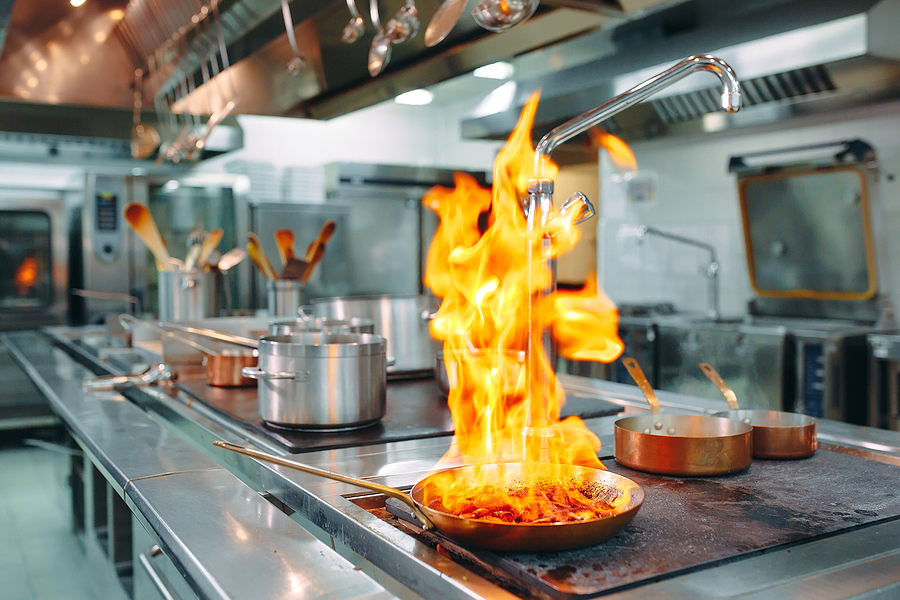If you own or manage a restaurant, kitchen safety should be a top concern. Kitchen fires are way too common, and having the right systems in place along with proper training for staff can make all the difference.
Let’s break it down.
Fire Suppression Systems – A Must-Have
Unfortunately, fires are a fact of life in most commercial kitchens. There are just so many potential causes – grease buildup, unattended stoves and ovens, flammable chemicals. You name it.
The most problematic kitchen fires tend to be grease fires. Regular old water sprinklers usually won’t cut it for those. The best bet is a good fire suppression system designed specifically for kitchens. These systems connect to the range hoods and gas lines. If triggered, they cut off the fuel source and also spray a fire retardant from nozzles in the hood vents. Super helpful for knocking down fires before they get out of control.
Proper Training Is Crucial
Having the right fire suppression system is important, but proper training for the staff is just as critical, if not more so.
Classroom lessons and hands-on training form a great starting point. But kitchen fire response should become second nature for your staff, instinctive actions they take immediately without hesitation when danger arises.
The only way to build this level of readiness is regular practice. Make fire and evacuation drills a non-negotiable part of your kitchen’s safety protocol. Sound alarms for surprise drills during service times to simulate real emergency conditions.
Time how long full evacuation takes and spot any backups or choke points slowing things down. Identify aspects of fire response where staff needs more review. Adjust protocols accordingly and repeat drills frequently to keep skills fresh. With consistent practice, your team will react to kitchen threats automatically with the right moves to contain dangers swiftly.
Regular Fire and Evacuation Drills
In addition to training staff on fire safety equipment, conducting regular fire drills is a must. These drills will get the employees familiar with the best response procedures, containment tactics, and evacuation routes. When real fires do happen, everyone will know exactly what to do to minimize damage and keep people safe. Preparation through regular practice is key.
Final Thoughts
Kitchens are filled with hazards – open flames, hot surfaces, chemicals, sharp objects. Safety has to be a priority.
Having the proper fire suppression system along with comprehensive training and drills for the staff makes all the difference. Protect your people, protect your property, and keep that kitchen as productive and safe as possible. It’s worth the effort.
